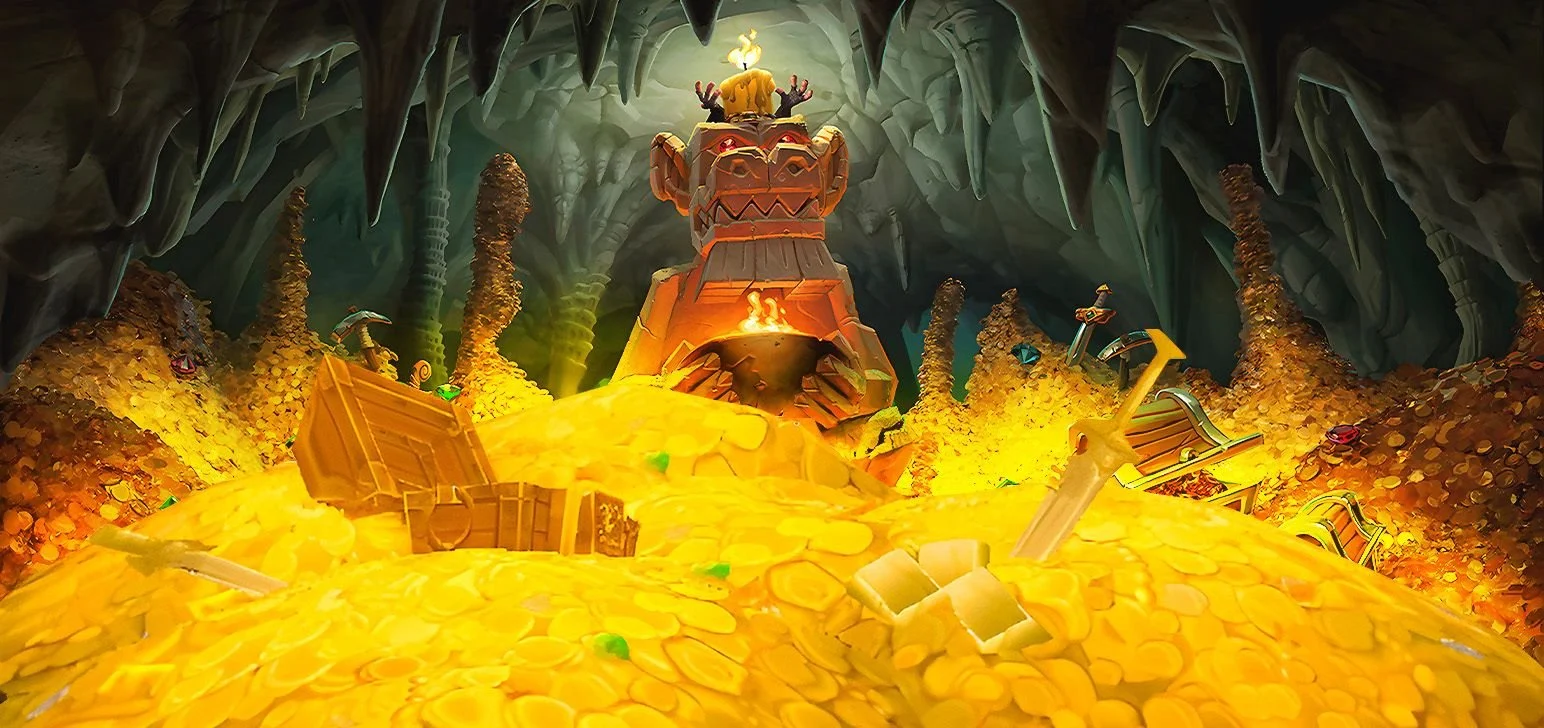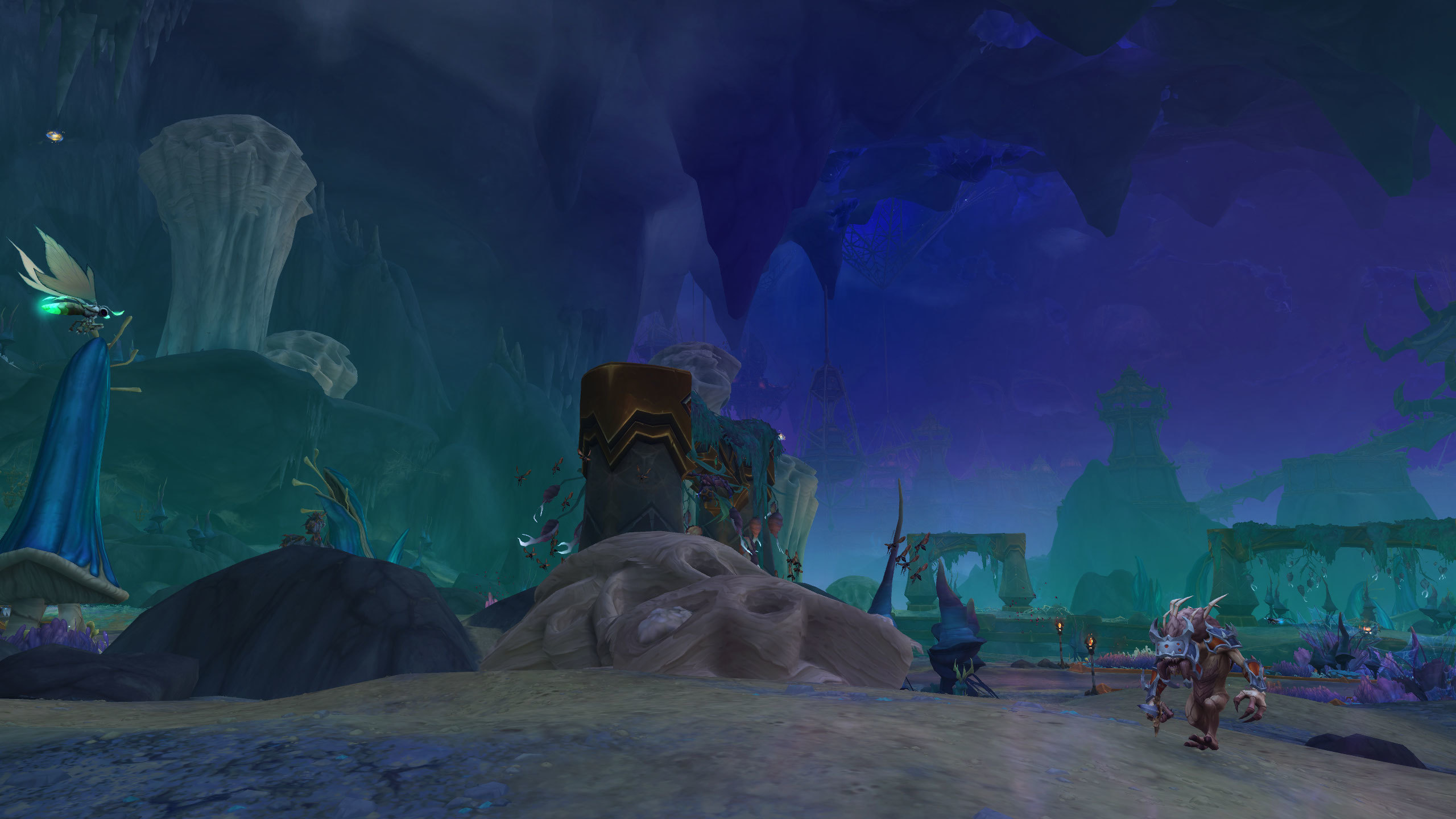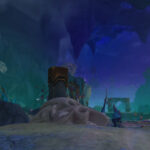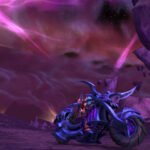In a world where death is rarely permanent, the act of bringing someone back to life raises profound moral questions. Resurrection spells in Warcraft are among the most powerful forms of magic, blurring the line between mercy and manipulation. Whether cast by priests of the Light or necromancers of shadow, each resurrection forces players and lore scholars alike to ask: what does it truly mean to die—or to return?
This article examines the ethical, spiritual, and philosophical dimensions of resurrection in Warcraft’s universe, exploring its implications for life, consent, and the balance of cosmic forces.
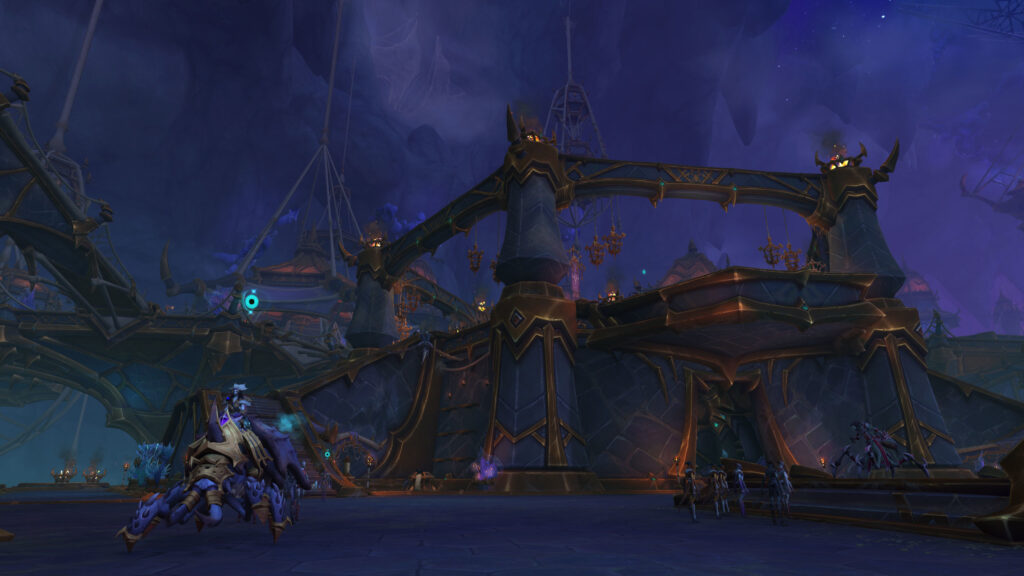
The Nature of Resurrection Magic
Resurrection in Warcraft is not uniform—it takes many forms. Priests channel the Light to restore life, shamans call upon ancestral spirits, and necromancers reanimate bodies through death’s own essence. Each method reflects the caster’s belief system and the cosmic force behind it. Yet all share a fundamental paradox: they defy the natural order by reversing its most absolute law.
In lore, resurrection is rarely without cost. The Light demands faith, the Void demands risk, and Death demands balance. Even within the game’s mechanics, resurrection carries penalties—representations of the moral and physical toll required to tamper with life and death.
Consent and the Question of Will
One of the most overlooked aspects of resurrection is consent. In battle, players freely accept resurrections—but lore-wise, can every soul truly agree? What happens to those who would rather rest? Characters like Uther, who resisted being drawn back, reveal the emotional cost of forcing life upon the unwilling.
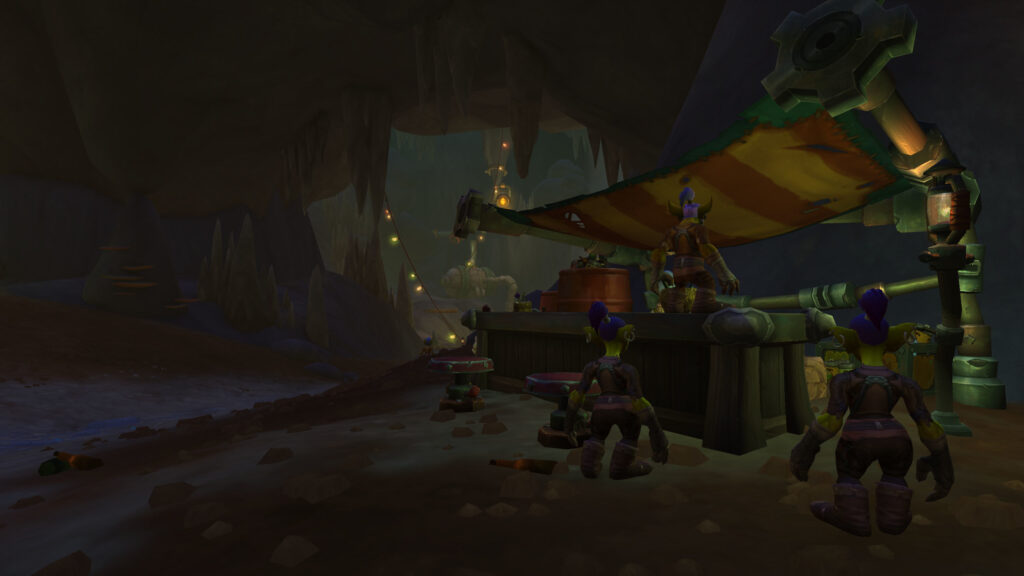
This moral tension gives weight to spells often treated as convenience. To bring someone back may be compassionate—or cruel, depending on whether it honors or denies the natural peace of death.
Light vs. Necromancy: Dual Paths to Revival
Both holy resurrection and necromantic reanimation challenge mortality, but their philosophies differ dramatically. Priests restore souls with divine light, reinforcing identity and purity. Necromancers, by contrast, sever will and bind bodies to service. Yet both interfere with destiny. Even benevolent resurrection may alter fate, creating ripples across timelines and prophecies.
The table below compares the moral and magical aspects of different resurrection practices:
| Type of Resurrection | Source of Power | Ethical Dilemma |
|---|---|---|
| Holy Resurrection | The Light | Defies divine judgment and natural rest. |
| Spirit Calling | Elements/Ancestral Spirits | Disturbs balance between living and dead realms. |
| Necromancy | Death/Void | Enslaves rather than restores the soul. |
| Runic Reanimation | Death Knight Runes | Corrupts identity for survival or war. |

Each path to resurrection reveals as much about morality as it does about magic.
Philosophical Paradox: Life as Borrowed Time
Warcraft’s narrative often hints that resurrected beings owe a debt to existence itself. Death Knights, Forsaken, and Lightforged all embody forms of continued existence after death—none free from consequence. The ethical question isn’t whether resurrection is possible, but whether it should be allowed.
To live twice may mean to live unnaturally, disturbing the cosmic cycle that keeps Azeroth in equilibrium. As the Shadowlands expansion revealed, every resurrection has a ripple effect on the machinery of death itself.
Resurrection and Responsibility
Those who wield resurrection magic bear immense moral weight. They decide who lives, who stays dead, and who returns changed. The Light’s priests might justify their actions as divine mercy, but in doing so, they claim a power once reserved for gods. It’s a quiet hubris, hidden behind faith and necessity.
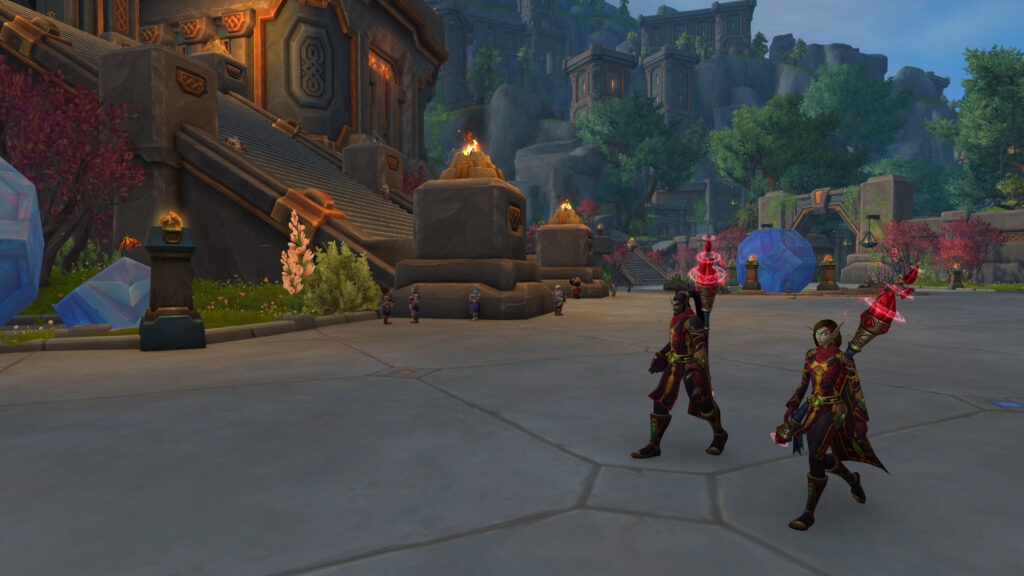
Even heroes face this dilemma. To resurrect an ally is to intervene in fate—a decision that cannot be undone. The act defines both caster and world, shaping how Warcraft continues to interpret life’s impermanence.
Conclusion
Resurrection in Warcraft lore transcends mechanics—it’s a mirror of moral complexity. To bring back life is to question what life truly means. Through the Light, death is conquered; through necromancy, it’s enslaved. In both, power meets consequence. Warcraft’s greatest lesson on resurrection is simple yet haunting: just because one can bring back the dead does not mean one should.

